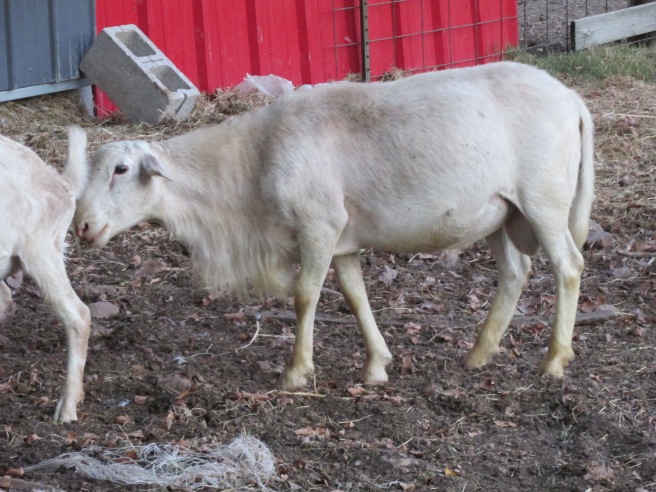 Homesteading; The Good Life
Homesteading; The Good Life
Life when you have a homestead is rich! Oh, it’s certainly a lot of work, no doubt about it, but the life quality is excellent! For example, right now on our farm, we are enjoying fresh tomatoes, green beans, okra, squash, corn, and fresh herbs for cooking.
We also harvested potatoes, onions, and garlic earlier. We will be eating potatoes for many months to come. The onions and the garlic will last almost until next harvest.
Another thing that we enjoy about homesteading, is that for about 10 months of every year we enjoy fresh milk and make our own cheese, yogurt and ice cream. We also have eggs, chicken, ducks, and turkey meat year round. Since we also raise goats, we have our own Chevron.

Every two years, we raise a new calf and after two years we butcher that calf and enjoy higher quality beef than what you can get in the store.


We also raise sheep and enjoy eating mutton. In the past we have raised wool sheep which give us the pleasure of not only having mutton, but also having fiber which we then wash card and spin to be able to use for knitting or crochet.


As I’ve mentioned before, our extra livestock is money on the hoof. The livestock pays for itself, and it’s not a burden on our income and we also know what is in our food because we know what went into the animals.
There is also a pleasure in knowing each of the animals on the farm, and being around them. Raising livestock, while it is a lot of work, is also relaxing and rewarding. The same is true of working the land.

 A few days ago I saw this video on Facebook:
A few days ago I saw this video on Facebook: 






